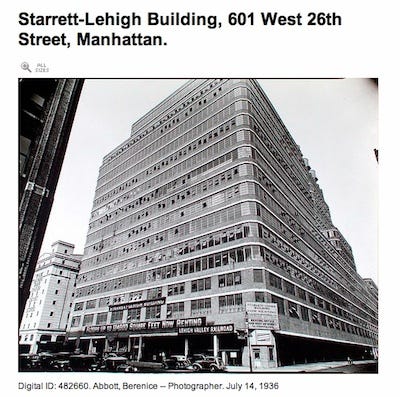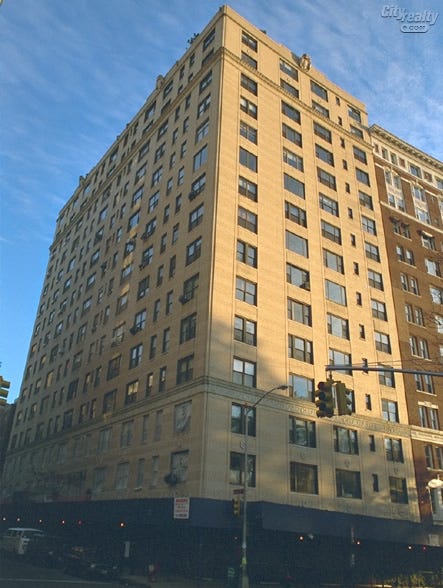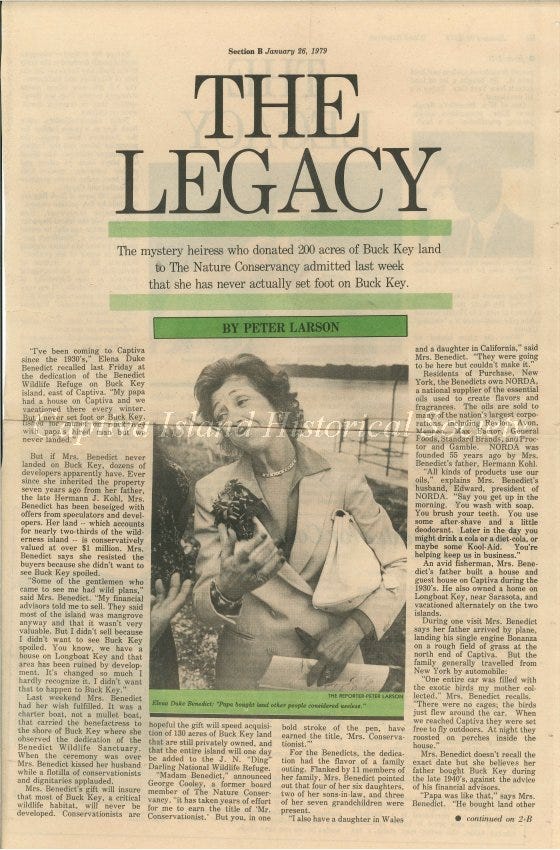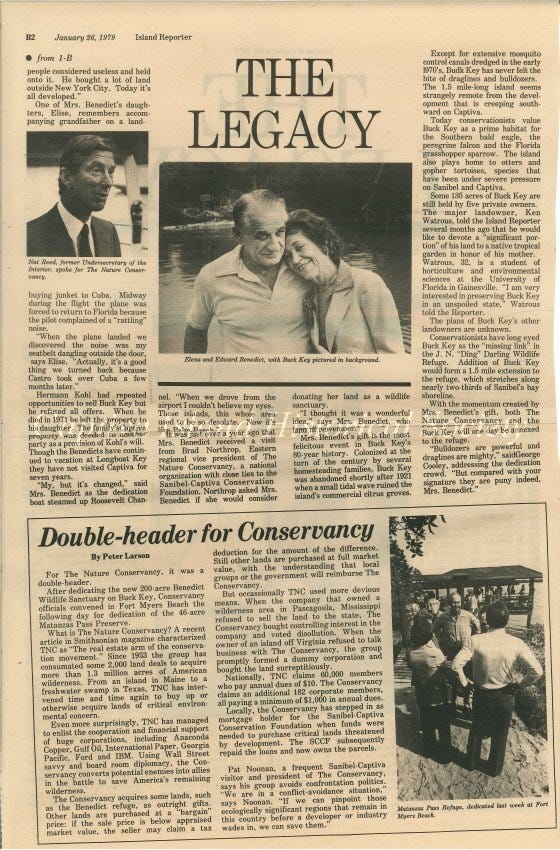Villa am Meer, Chapter 12
To Elena, a tribute
Posted by joy.the.curious on Aug 18, 2010 in Villa Am Meer | 4 comments
This story about my vintage beach house on Longboat Key has taken all kinds of twists and turns since I began writing it back in March. I certainly have enjoyed the journey, and it came at a time when I really needed to start writing again. For that I am truly grateful.
I’ve learned a lot about an era I knew very little about, and I’ve begun to piece together the story of a family both blessed and cursed with wealth. At the center of it all, I’ve come to know and respect a woman by the name of Elena Duke Benedict. I never knew her, and I don’t even know what she looks like, but her life story has captivated me these past several months, and I wanted a chance to share what little I’ve been able to piece together from research and emails.
Her friends and family called her Nell. She was born in Harrison, New York on September 11, 1917. If you didn’t catch that, she was born on September 11th. I had to pause a moment when I first discovered this and wonder where she had been on her birthday in 2001, when the New York City she had known since childhood became a different New York City… a different city in a different world.
Elena was the daughter of Italian immigrants, Romeo and Maria Stella Amaducci. Romeo was the first to arrive in 1909. He was 22 years old at the time. Maria came later, in 1913, at age 21. They were married one year later, when Romeo was 27 and Maria was 22.
They raised their family in East White Plains, New York, a neighborhood heavily populated by Italian families. In 1930, Romeo and Maria owned their own home at 92 Gainsborg Avenue. They had three children by then: Anna, age 15, Nellie (Elena), age 13, and Louis, age 12. They also had two other families living with them at the time. The first family, the Braschis, paid $50/month to live with the Amaduccis. The second family, the Abrantes, paid $25/month. In all, there were 17 people living in the house.
View a photo and street map of the house on Google Maps
So, perhaps it comes as no surprise that soon after, Elena went to live with the childless and wealthy German Kohls. Romeo was already working for them as a gardener, and the story goes that the Kohls fell in love with Elena and asked to take her in as their legal ward. I venture a guess that they could see Elena was brilliant, but knew that without their intervention, she would never be given the opportunity to attend college. In return, the Kohls promised the Amaduccis their family would always be taken care of, including a college education for all the children.
Keep in mind, this is the era of the Great Depression. It began with the stock market crash of 1929 and continued all through the 1930s. One might wonder why Romeo and Maria Amaducci would have willingly turned over their daughter to live with a foreign German couple, but given the circumstances, it seems understandable. They were being given an incredible opportunity to give their daughter an education and a life they would never be able to afford. I just wonder what Elena thought of the arrangement. Was she scared? Excited? Probably both.
Because Hermann Kohl was standing trial on national bootlegging charges in Chicago in 1931, I assume Elena went to live with them sometime around 1932-1933. She would have been 16-17 at the time. I’m still not sure if Kohl was ever convicted/imprisoned, but if he was, it wasn’t for long. By April of 1933, Hermann Kohl was sailing aboard the S.S. Europa, bound for NYC after visiting Bremen, Germany. By July of the same year, he had purchased a tract of thirteen acres fronting the Bronx River Parkway extension near Peekskill. And by December 5, 1933, Prohibition was repealed forever, and any wrongdoing on Kohl’s part was probably just water under the bridge.
Elena went on to college at Columbia University in New York City, then graduated valedictorian of her class at the Swedish Institute of Physiotherapy in Manhattan. Clearly, she was one smart cookie. Her younger brother, Louis, also attended Columbia University, graduating with a bachelor of science degree in Mining Engineering. He would go on to work for Hermann Kohl at Norda, Inc., eventually becoming President of the company. Their oldest sister, Ann, also worked as Elena’s personal assistant for many years.
Living with the Kohls meant high society and haute couture. In 1937, the New York Times published a report from the U.S. Ways and Means Committee which released for publication the incomes of every person who made more than $15,000 in 1935. To be clear, that means everyone in the entire country, not just New York City. William Randolph Hearst topped the list at $500,000. Mae West was next at $480,833. Other movie stars and film executives followed close behind.
And next on the list? Industrialists, of which, Hermann Kohl was among the richest. According to the article, Herman J. Kohl, president and salesman of the Norda Essential Oil and Chemical Company, was making a whopping $77,840 in 1935. His wife, Hertha, was also listed, bringing in an additional $15,988. For comparison, this is more than George Burns and Gracie Allen were making at the time (they came in at $92,000).
So, where were they living at this time? According to a NYC city directory, the Kohls were living at 43 East 19th Street in 1925. By 1930, they had moved to 121 East 24th Street, and by 1931, had moved again to 317 East 25th Street.
From 1933 to 1948, whenever they travelled abroad by ship, the Kohls repeatedly listed their address as 601 West 26th Street. After a little research, I found this to be the address for the historic Starrett-Lehigh Building, down by Chelsea Piers, along the Hudson River. I did a little bit of backround research on the building and found out it was completed in 1932 and used as a freight distribution warehouse. A railroad company took up the entire first floor, and train tracks ran right through the ground floor of the building. However, I never found anything about the building having any residential space, so it’s hard to believe Elena or the Kohls ever lived in this building. Not sure though. Today, the building houses a variety of digital media companies, including Martha Stewart OmniMedia.
Read more about the Starrett-Lehigh Building and view photos here…
I found another address of 186 Riverside Drive on a few different genealogy records. This luxury apartment building is located on the Upper West Side of Manhattan and was built in in 1928 by famed architect Emory Roth. The 15-story building has 91 apartments, and overlooks Riverside Park and the Hudson River.
Kohl never trusted the stock market, and therefore felt very little effect from the great stock market crash of 1929. Instead, throughout the 30s, he invested in land, and lots of it. He owned rental properties, farm land, orange groves, and even a few private islands off the coast of Florida. One of these, Buck Key (located off Captiva Island just north of Sanibel) was donated to the people of Florida as a nature conservancy in 1979, as a gift from Elena and the Benedict family.
In 1935, the Kohls completed the construction of their beach home, Villa Am Meer, on Longboat Key. Word has it they were contemporaries of the Ringlings, and even purchased the chunk of land directly from them. The house is rumored to have been designed by John H. Phillips, the same architect who built the famous Ringling Museum in Sarasota.
Then, sometime during the 1940s, Herman Kohl was said to have invested $7,500 for a 49 percent share in Anthony Rossi’s fruit packing business, which would eventually grow to become Tropicana Products.
Sometime between 1937 and 1943 Elena married Emilio DeBenedictis, a former captain of the N.Y.U. football team. Around this time, Elena also shortened her married name to Elena Duke (short for Amaducci) Benedict, and Emilio DeBenedictis was shortened/Americanized to become Edward Benedict (although those who knew him just called him Ben). He also worked for Hermann Kohl at Norda, Inc, spending his entire career with the company.
In 1943, Edward Benedict took up an interest in farming and purchased the Tilly Foster Farm in Putnam County, New York. The dairy farm had 75 head of cattle, producing 8 to 10 cans of milk daily. Eventually, the dairy cattle gave way to race horses, and the Tilly Foster Farm became one of the leading thoroughbred farms in New York State. It produced such champion horses as 1969’s Silent Scream and 1997 DelMar Derby Winner, Anet.
Read more about the Tilly Foster Farm…
The Benedicts also owned a second horse farm in Putnam County, where Centennial Golf Club stands today. A residential housing development just to the north of the golf course was built with streets named after the Benedict family, including Duke Drive, Benedict Place, and Elena Court.
View the development on Google Maps…
Elena and Edward Benedict raised six daughters at their home located at 4400 Purchase Street in Purchase, New York. All six daughters attended the private and prestigious Rye Country Day School, and were presented at the Westchester Country Club Debutante Cotillion. It was a glamorous life, indeed.
So, what caused the downward spiral that led Villa Am Meer and the family’s Purchase County estate to be foreclosed upon? I don’t have all the answers, but it seems to start with a Sarasota development project gone bad.
Next time
Unicom Nursing Care and the beginning of the end
4 Comments
Susan Dressel | August 18, 2010 at 10:07 am
Hi Joy!
I’m learning so much about American history – thanks for doing all the legwork for us. Your postings are so very interesting and I can’t wait to find out about Villa AmMeer today and what’s going to happen with it. Hopefully it will be restored so we can all go visit “her” and welcome her back to life. The history is amazing, and it’s fun to take a glimpse into the past. Thank you for your amazing research and sharing it with us all!! SusanRosanna | August 18, 2010 at 11:09 am
The house where Elena grew up (92 Gainsborg Ave) is in West Harrison. West Harrison is a section of the town of Harrison with a different zip code (the town has three zip codes). It is often mistakenly referred to by the name of East White Plains because West Harrison and East White Plains share a zip code. This happens to me particularly when people unfamiliar with the area enter a zip code into the computer system and don’t bother asking the town. So there are occasional references to the wrong town, which you may come across online.
ann | August 22, 2010 at 9:23 pm
First, I don’t know much about blogs and how to interact with them, but I thought you’d like to know how I stumbled onto Elena andy your website. I haven’t read all the chapters but I will over the next day or so. I found her name listed as the breeder of a racehorse named The Roodeye, a mare foaled in 1991, and then I googled her, which took me to your blog. I was curious about Elena because The Roodeye’s son, Stranglehold, is available for sale near me and I might be considering buying him for a riding horse. If Elena bred The Roodeye, that means she owned her mother, whose name was Singwara. Singwara was born in Great Britain, so that means someone, maybe Elena, brought Singwara to the U.S. to be bred and have foals here. Elena might have purchased Singwara after she got here. Someplace in cyberspace all that is recorded, but it’s beyond my immediate interest. I know that Elena did not keep The Roodeye, as her offspring, Stranglehold, was bred by Sugar Maple Farm in Poughquog, NY, which means they owned The Roodeye by then. Anyway, I thought you’d get a kick out of this!
Cindy Fernandez | August 24, 2010 at 9:40 am
Thank you so much for this blog. I have always been drawn to Villa Am Meer and could never find out anything about it and it’s history. This is fascinating. Please keep it up.
![[ j o y . t h e . c u r i o u s ]](https://substackcdn.com/image/fetch/$s_!UzSv!,w_80,h_80,c_fill,f_auto,q_auto:good,fl_progressive:steep,g_auto/https%3A%2F%2Fsubstack-post-media.s3.amazonaws.com%2Fpublic%2Fimages%2F9a3fc6e9-2c7b-49f3-a947-5510d6ac2bd3_500x500.png)
![[ j o y . t h e . c u r i o u s ]](https://substackcdn.com/image/fetch/$s_!RoQy!,e_trim:10:white/e_trim:10:transparent/h_72,c_limit,f_auto,q_auto:good,fl_progressive:steep/https%3A%2F%2Fsubstack-post-media.s3.amazonaws.com%2Fpublic%2Fimages%2Ff10a4cb8-9c26-4c77-a86d-fd0df8c2f58f_1344x256.png)







